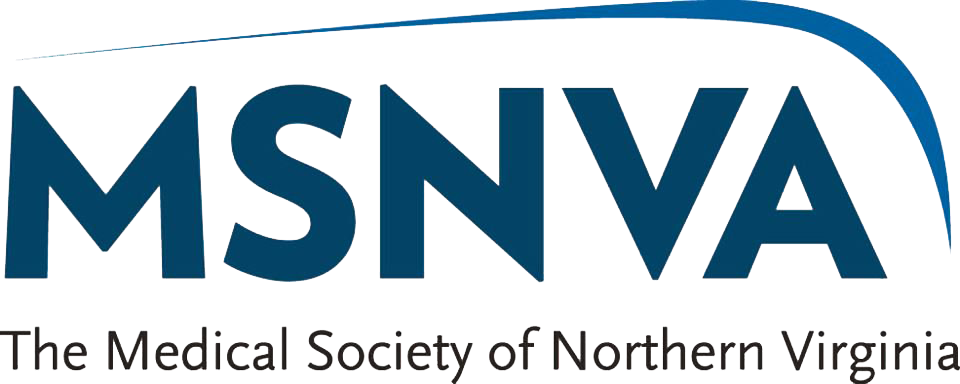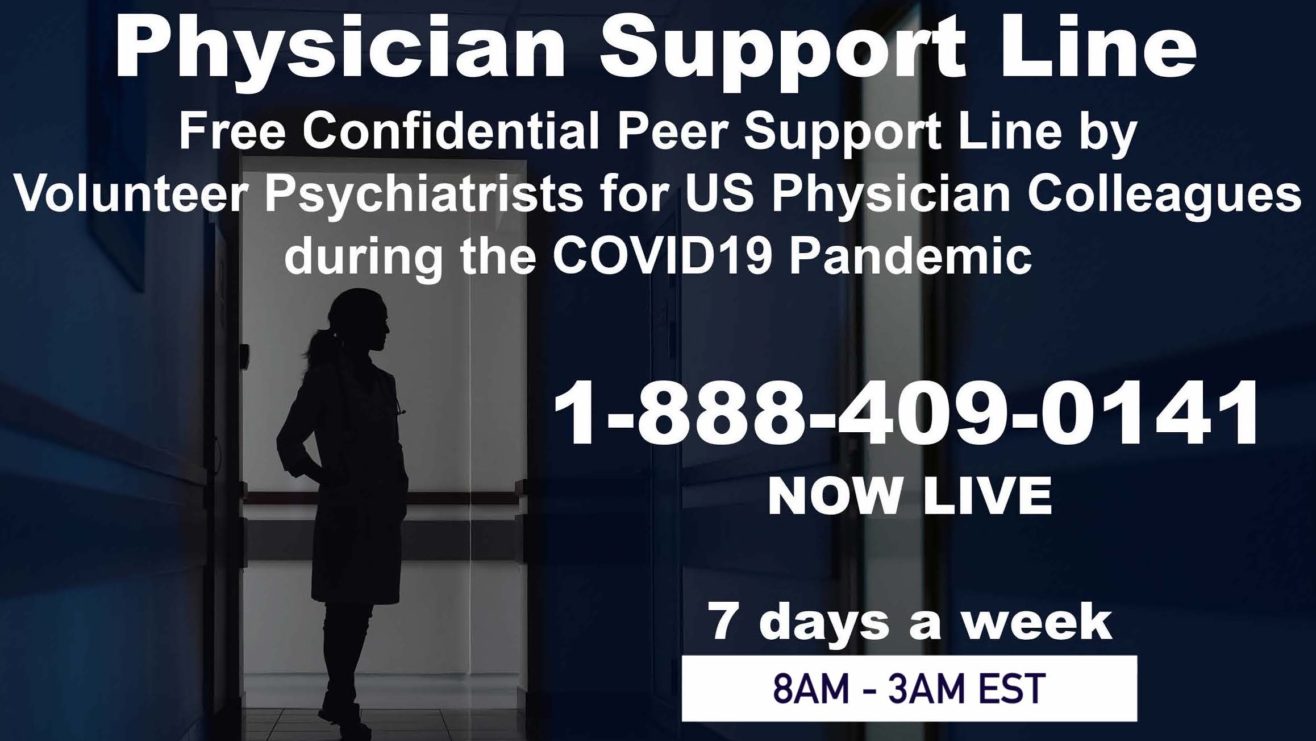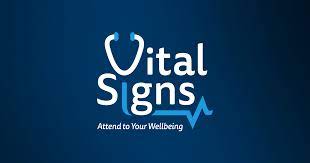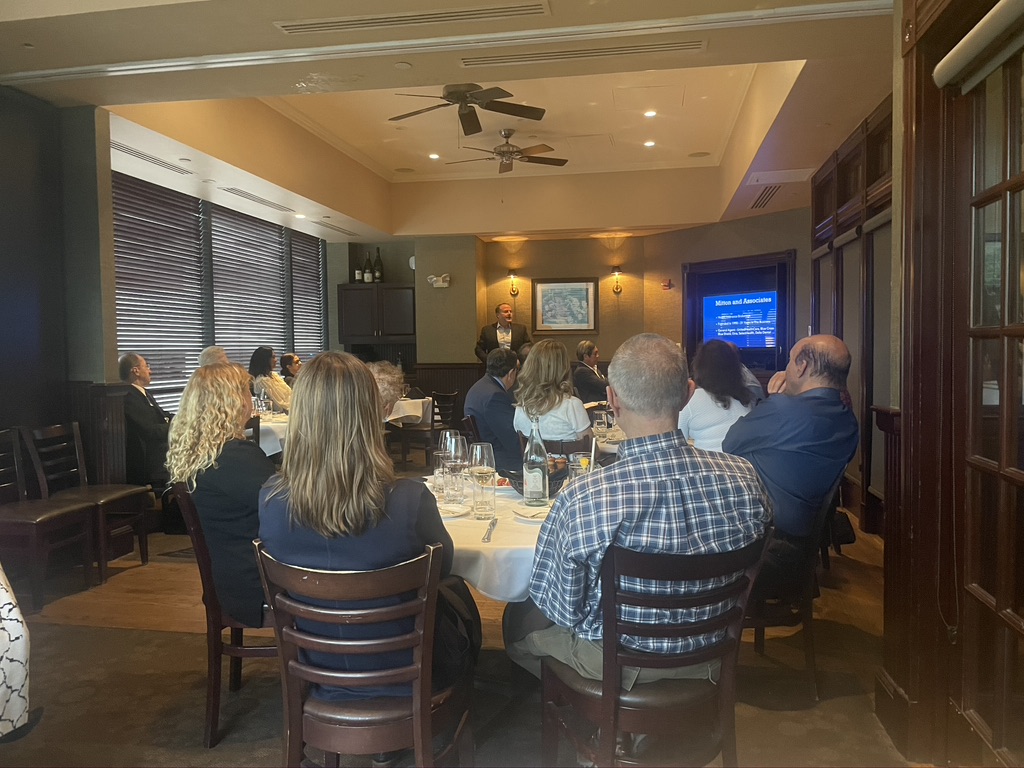2022 SURVEY OF AMERICA’S PHYSICIANS
More than two years after the start of the COVID-19 pandemic, physicians are continuing to face obstacles when it comes to their wellbeing. They have dealt with being on the frontlines of every wave of the pandemic, distributing vaccines and establishing a new normal in their practice environments amidst colleagues’ early retirement, health care worker shortages and growing inequity experienced by patients. Understandably, this has taken a toll on their mental health.






